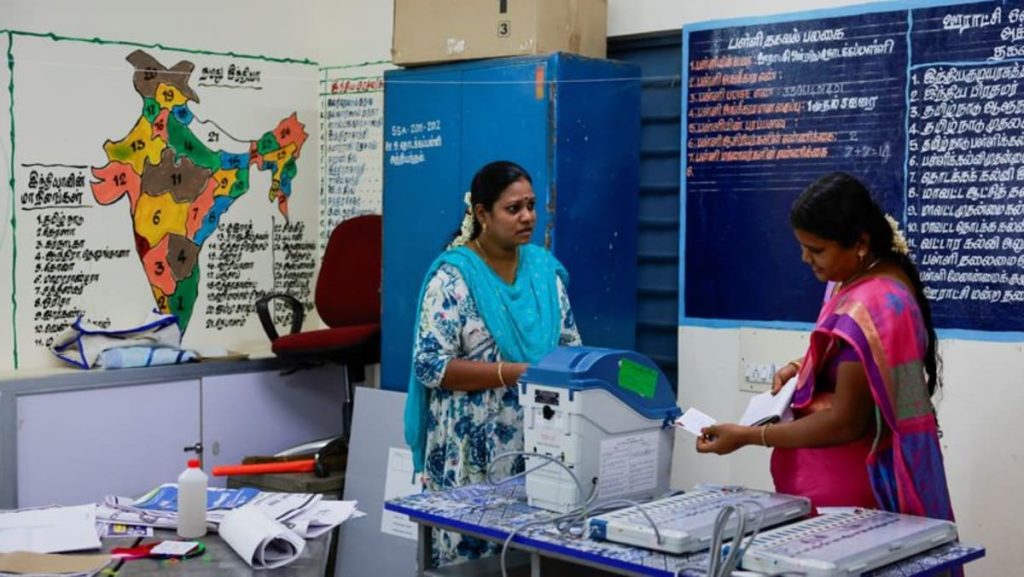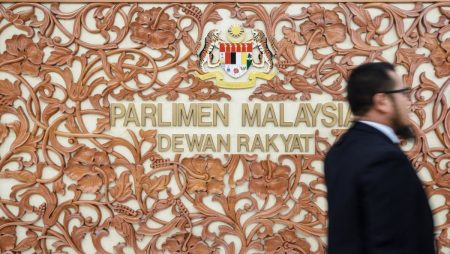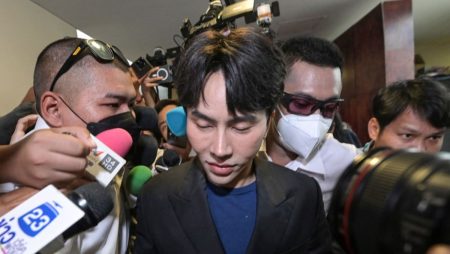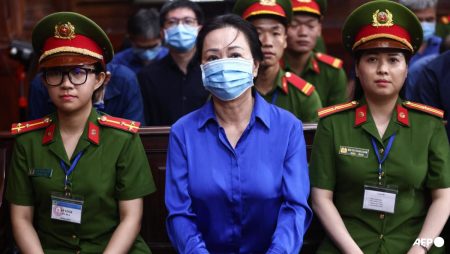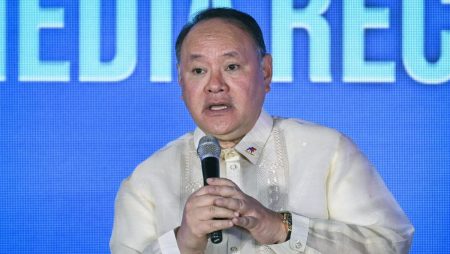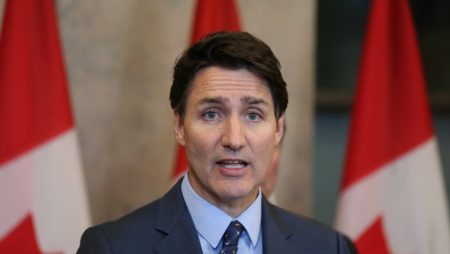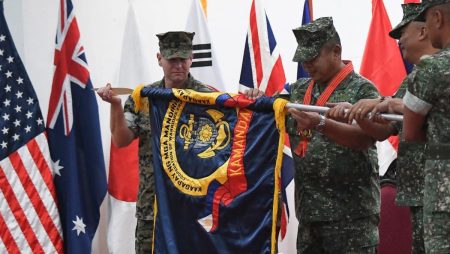India is currently in the midst of its largest election to date, with Prime Minister Narendra Modi seeking a third term in office. The Bharatiya Janata Party (BJP), led by Modi, is facing off against an alliance of opposition parties promising increased affirmative action and welfare benefits, as well as criticizing what they perceive as Modi’s dictatorial rule. This massive election involves nearly one billion voters and will be conducted in seven phases across the country before votes are counted on Jun 4.
In the first phase of voting, 166 million voters in 102 constituencies across 21 states and territories are participating, including regions such as Tamil Nadu in the south, Arunachal Pradesh on the Himalayan frontier with China, and the populous Uttar Pradesh in the north. Voters began lining up early in the morning at polling stations, with special accommodations being made for senior citizens who needed assistance. Despite concerns over security, voters expressed confidence in Modi’s ability to address issues such as safety and security.
Muslim voter Abdul Sattar from Uttar Pradesh believes that Modi will win again due to his focus on safety and security, in addition to religious considerations. However, others like 60-year-old Mohammed Shabbir, a driver and father of eight, are primarily concerned about unemployment. Shabbir believes that the lack of job opportunities is a critical issue for voters, regardless of their religious background. This indicates that economic factors may play a significant role in this election, alongside issues of security and welfare.
The opposition parties are hoping to unseat Modi by attracting voters with promises of increased welfare benefits and affirmative action. They argue that Modi’s leadership has been dictatorial and that democratic institutions need to be protected. Hindu nationalism, which has been a core aspect of Modi’s platform, does not seem to be a significant issue in this election, as voters are primarily focused on economic concerns. This suggests that the electorate is more interested in tangible policy outcomes rather than ideological promises.
With the election being spread over seven phases, covering a diverse array of regions and voters, it remains to be seen what the final outcome will be. Modi’s popularity and record on issues such as growth and safety will likely play a key role in determining the election results. As voters continue to cast their ballots and political parties campaign across the country, the world will be watching to see what direction India’s government will take in the coming years.




